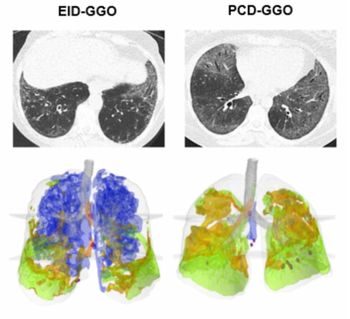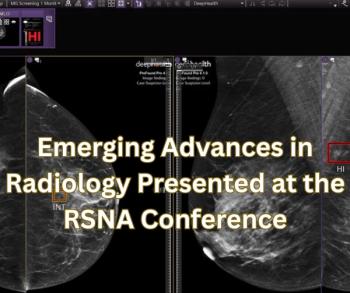CT-Based Fractional Flow Reserve Analysis Improves Five-Year Outcomes After Major Vascular Surgery
For patients with no history of coronary artery disease (CAD), new research shows the use of CT-derived fractional flow reserve (FFR-CT) guided revascularizations after elective vascular surgery reduced myocardial infarction and all-cause death by 20 percent in comparison to standard care.
Can computed tomography-based fractional flow reserve (FFR-CT) assessment facilitate improved outcomes for patients after elective vascular surgery procedures?
For the observational study, recently published in the
Preoperative FFR-CT testing revealed asymptomatic lesion-specific coronary ischemia in 65 percent of patients, including severe ischemia for 52 percent of patients and multivessel ischemia in 36 percent of the patients. The researchers noted that 103 patients had ischemia-targeted coronary revascularization one to three months after vascular surgery.
In comparison to patients who had standard post-op care, the study authors said five-year outcomes showed that post-op FFR-CT guided revascularization led to a 20 percent lower incidence of myocardial infarction (MI) (4 percent vs. 24 percent); a 27 percent lower incidence of major adverse cardiovascular events (MACEs) (20 percent vs. 47 percent); and a 20 percent lower incidence of all-cause deaths (16 percent vs. 36 percent).
“The remarkable reduction in death and major adverse cardiovascular events in the CTA-FFRCT group was associated with elective ischemia-targeted coronary revascularization in 36% of patients in addition to BMT following recovery from the vascular surgery procedure,” wrote lead study author Dainis K. Krievins, M.D., Ph.D., who is affiliated with the Department of Vascular Surgery at Pauls Stradins Clinical University Hospital in Riga, Latvia, and colleagues.
The study authors emphasized that current guidelines do not adequately address the impact of asymptomatic coronary ischemia in patients undergoing elective vascular surgery procedures.
“Current guideline recommendations to not diagnose and treat significant CAD in patients with (peripheral artery disease) PAD with no cardiac symptoms is remarkable, considering the limited level 1 evidence to support these recommendations and the knowledge that many, if not most, vascular surgery patients have silent coronary ischemia, which is a marker for MI and death,” maintained Krievins and colleagues.
While acknowledging the need for prospective, randomized trials, the researchers said the combination of FFR-CT assessment and coronary revascularization can have a substantial impact for patients with asymptomatic coronary ischemia.
“These data show that there is a role for coronary revascularization in the management of CAD in vascular surgery patients and that sole reliance on medical treatment and risk factor control has been insufficient,” noted Krievins and colleagues. “Although the diagnosis of silent coronary ischemia in our study was made preoperatively, the long-term benefit of fewer adverse coronary events and improved survival was achieved with postoperative coronary revascularization. It is possible that a strategy of postoperative diagnosis of coronary ischemia coupled with ischemia-targeted coronary revascularization may be equally effective.”
In regard to study limitations, the authors conceded the possibility of patient selection bias with the single-center, non-randomized nature of the research. Noting limited availability of coronary CTA for clinical research (one day a week) in contrast to elective vascular surgery procedures being performed five days a week, the researchers acknowledged that patients who met the criteria for the study but didn’t have access to coronary CTA imaging were included in the group that received usual care.
Newsletter
Stay at the forefront of radiology with the Diagnostic Imaging newsletter, delivering the latest news, clinical insights, and imaging advancements for today’s radiologists.





























